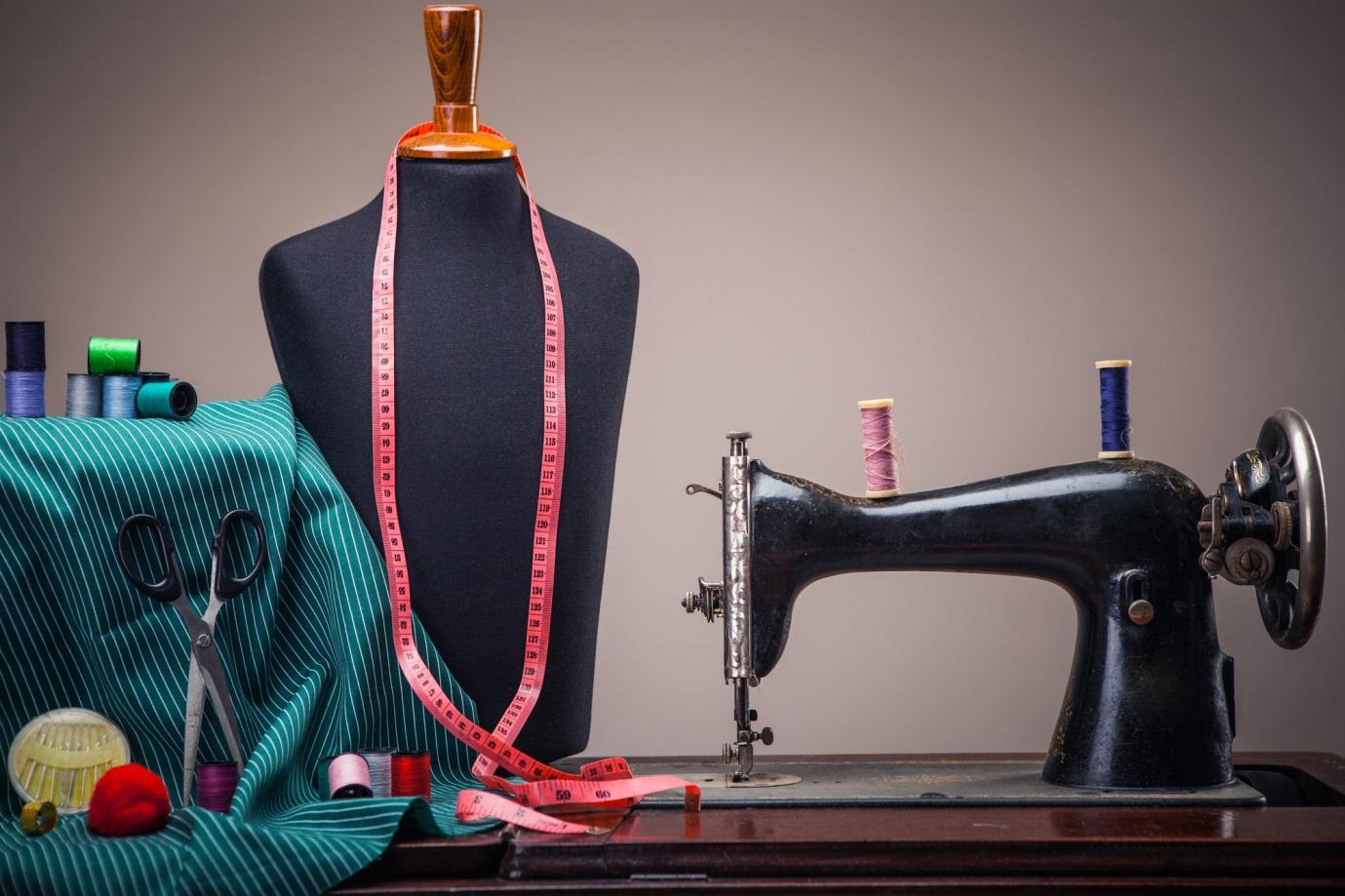Halloween is right around the corner, and stores are stocked to the brim with candy, pumpkins, ghostly decorations, and costumes. They come in all sizes, for the tiniest trick-or-treaters to the ones who will always be kids at heart, if not in physical stature.
For some of us though, it’s not enough to go to the store and pick out a pre-made costume. For one, it’s not unique, and for two, someone else is probably going to show up to that costume party in the exact same outfit. That’s when we get creative and make our own costumes.
Whether you’re a once-a-year costumer or full-on cosplay enthusiast, you’re going to want some tools and supplies to bring your costume to life.
Sewing Machine
Unless you plan on hand sewing your fabric or gluing it together (not recommended) you’ll want a sewing machine. There’s a wide range of machines available, both new and used. Find a reputable dealer and test some out before you buy. Or do what I did for years and hijack your mom’s, grandma’s, aunt’s, or a friend’s. Chances are, someone has a sewing machine you can borrow.
Sewing Accessories
Along with a sewing machine, you’ll need some basic sewing tools – straight pins, a good pair of scissors, a measuring tape, and pens and pencils specifically made for marking fabric. Be sure to pick up matching thread and any zippers, buttons, ribbons, and trim to put those special finishing touches on your costume.
Some all-purpose sewing tools I like to keep on hand, whether the pattern calls for them or not, are safety pins, a few different sizes of sew-on snaps, and plastic or steel boning. I use safety pins for everything from a lost button to too-big pants, to a key-holder if I forgot to give my costume pockets.
Snaps are less versatile than safety pins for holding things together, but they’re not hard to attach and they look more finished than a safety pin. Boning is a structural tool for shaping different pieces of a costume. They’re typically used for bodices, but also in wings for angels, fairies, bats, or other winged creatures. It can be a bit tricky to use, but well worth the effort for the effect. There aren’t many materials that can do what boning can do for a costume.
Dye & paint
Sometimes finding material in the right color isn’t possible. Thank goodness for dye and paint. Some types of fabric don’t take to dying, such as 100% man-made fabrics, including polyester, acetate, and acrylic.
Natural fibers do take well to dying, however. Cotton is the preferred option when dying fabric (think tie-dye t-shirts), but linen, silk, wool, and even leather can be dyed with the right kind of product. Invest in a leather dye kit if you want to change the look of some sweet leather or suede pieces.
Hot glue
Perhaps hot glue isn’t the most durable or long-lasting adhesive, but in a costumer’s world, it’s like duct tape (more on that in a second). A dual heat glue gun gets you both hot and cool settings for different needs. Stick embellishments on, glue upholstery foam together into the right shapes, and in a pinch, hold pieces of a costume together.
Polymer clay
Easily moldable, relatively mess-free, and readily available, polymer clay is perfect for small props and jewelry. When I made a Lord of the Rings costume a while ago, I made the leaf brooch with clay and paint, then hot glued (yay) a pin to the back. I’ve also made a belt buckle the same way.
Grit
Ok, this isn’t really a “tool” in the physical sense, but sometimes making a costume is HARD. If I had a dollar for every time I said “oops, that didn’t work” or “gee, I hope I can fix that” I could independently fund my crafting habit. Inevitably though, I find a way to fix the problem and sometimes it works out better than the original plan. Be willing to go to plan B – or C or M – and don’t call it quits because of a little boo-boo.
No matter what kind of costume you’re making, the point is to have fun. Sure, making your own costume can be time consuming and a bit frustrating, but with the right tools, there’s almost nothing you can’t make. And this is by no means a comprehensive list of useful tools. I know I’m forgetting some that others might say are absolutely necessary, but listed here are some great basic tools to get you started!

